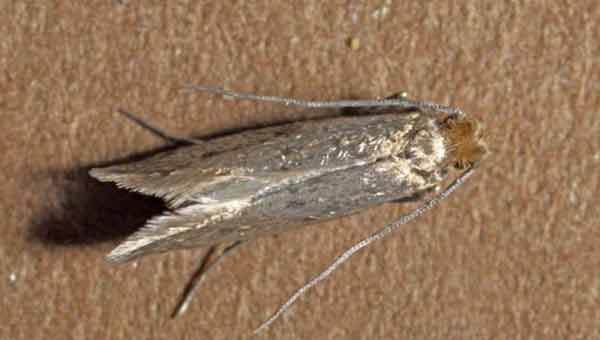

The numbers of clothes moths have doubled at English Heritage sites over the past five years. Photo: SPL
London, UK (BBN) - Rare furnishings and fabrics in England's historic houses are under growing threat from an epidemic of clothes moths, say experts.
English Heritage says that moth numbers have doubled in the past five years, most likely because of warmer weather, reports BBC.
A new species has been found feeding happily on the ancient wool carpets and tapestries under their care.
The charity is seeking the public's help to track the spread of the fluttering, destructive creatures.
With many historic houses and sites opening up to the public this week, conservation experts at English Heritage are concerned about the potential damage that clothes moths can wreak.
Many of the 2,400 species of moths found in the UK pose a threat to clothing, upholstery, furs and even stuffed animals.
The insects only fly when it is warm and tend to shun light, hiding in dark recesses where they lay eggs on wool, feathers or skins.
When these eggs hatch out, it is the larvae that do the real damage, spinning silk webbing into tunnel shapes across the carpet or fabric.
They also eat the fibres, resulting in holes in clothes and the loss of pile in carpets.
English Heritage is seeking the help of the public to track and monitor the moths.
Visitors to its sites will be able to collect a free clothes moth trap to place in their home, to help monitor the presence and type of moths.
The collected data will be used to help the charity to decide how moths are spreading and how best to focus their conservation efforts.
"We want to know why numbers are rising so that we can continue to keep them under control," said Xavier-Rowe.
"We need the public's help to get a better picture of the clothes moth threat. Come to our sites, pick up a free trap, take it home and leave it for a couple of months, and then share your findings with us on our website."
Among its tips for dealing with clothes moth infestations, English Heritage recommends avoiding old mothball formulations and instead encourages the use of safe alternatives such as bunches or sachets of lavender.
The best way of killing the adults, eggs and larvae of moths in clothing and small textiles is to deep freeze items for at least two weeks.
BBN/SK/AD